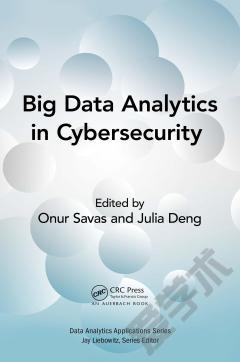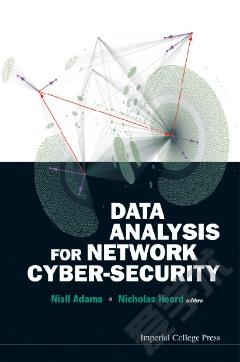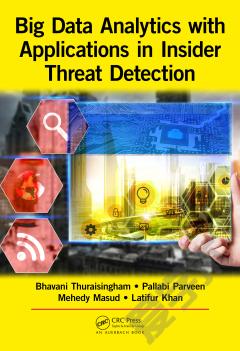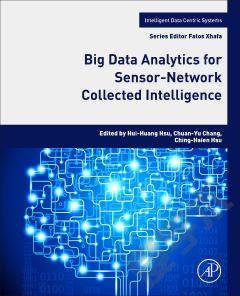Big Data Analytics in Cybersecurity
Big data is presenting challenges to cybersecurity. For an example, the Internet of Things (IoT) will reportedly soon generate a staggering 400 zettabytes (ZB) of data a year. Self-driving cars are predicted to churn out 4000 GB of data per hour of driving. Big data analytics, as an emerging analytical technology, o铿€ers the capability to collect, store, process, and visualize these vast amounts of data. Big Data Analytics in Cybersecurity examines security challenges surrounding big data and provides actionable insights that can be used to improve the current practices of network operators and administrators. Applying big data analytics in cybersecurity is critical. By exploiting data from the networks and computers, analysts can discover useful network information from data. Decision makers can make more informative decisions by using this analysis, including what actions need to be performed, and improvement recommendations to policies, guidelines, procedures, tools, and other aspects of the network processes. Bringing together experts from academia, government laboratories, and industry, the book provides insight to both new and more experienced security professionals, as well as data analytics professionals who have varying levels of cybersecurity expertise. It covers a wide range of topics in cybersecurity, which include: Network forensics Threat analysis Vulnerability assessment Visualization Cyber training. In addition, emerging security domains such as the IoT, cloud computing, fog computing, mobile computing, and cyber-social networks are examined. The book 铿乺st focuses on how big data analytics can be used in di铿€erent aspects of cybersecurity including network forensics, root-cause analysis, and security training. Next it discusses big data challenges and solutions in such emerging cybersecurity domains as fog computing, IoT, and mobile app security. The book concludes by presenting the tools and datasets for future cybersecurity research.
{{comment.content}}








 京公网安备 11010802027623号
京公网安备 11010802027623号